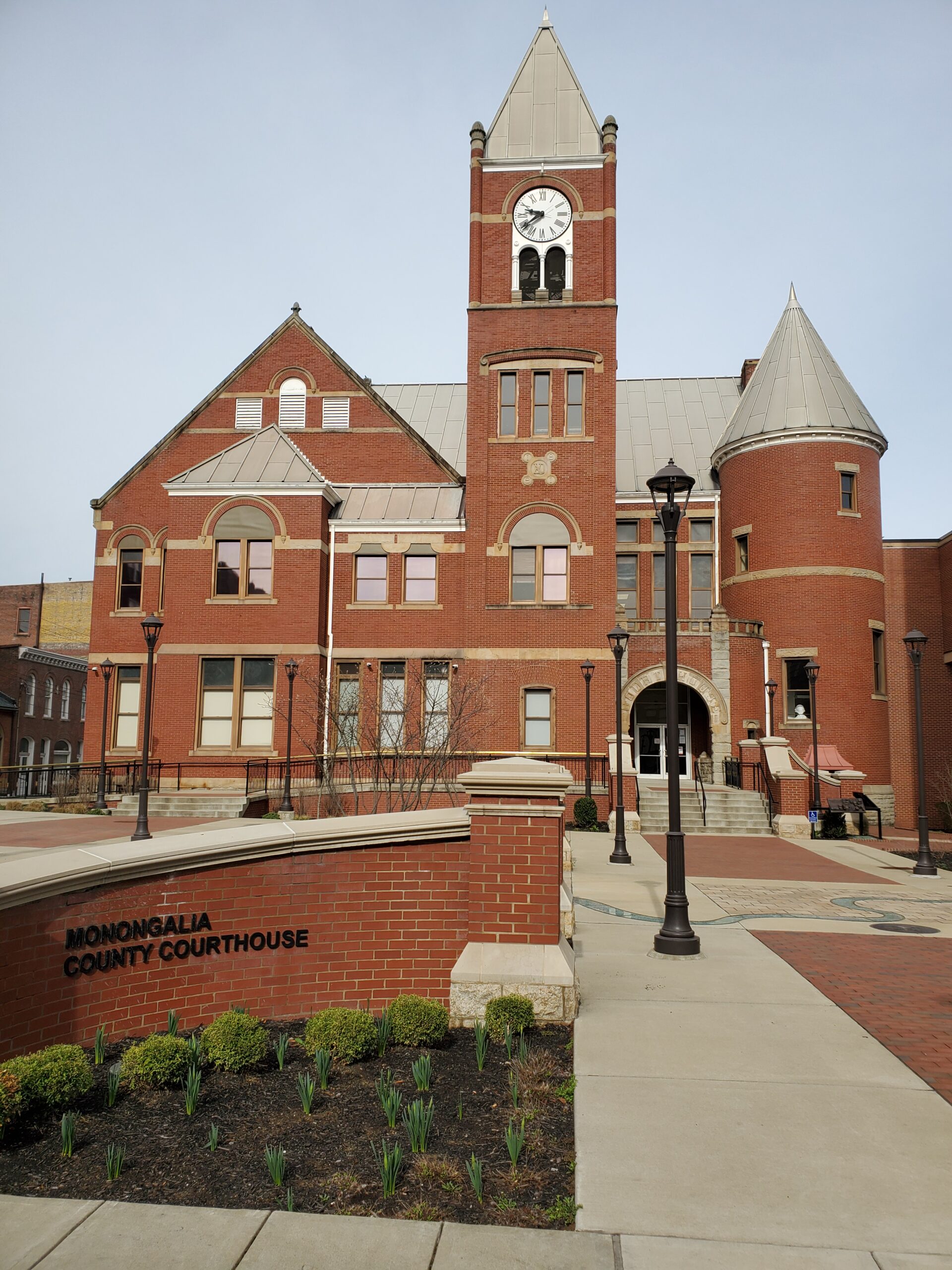MORGANTOWN — There was a whole lot of technical talk about TIF districts and STIF districts during public hearings held as part of Wednesday’s Monongalia County Commission meeting.
But in the end, the commission’s decision to support extending the TIF (property tax) and STIF (sales tax) districts that comprise the Monongalia County Economic Opportunity Development District came down to numbers, not words.
Since the TIF district was created in 2012, more than 2 million square feet of private development has been realized, with another 300,000 square feet expected this construction season. That development supports just under 4,600 jobs and generates half a billion dollars in annual economic impact.
Ryan Lynch, with developer WestRidge, explained that’s only part of the district’s potential. He said the progress to date has occurred on approximately 200 acres. The total district is 1,500 gross acres.
“On an overly simplistic level, we want the ability to continue doing that at the same pace we have over the last 10 years,” he said. “It gives us the tool and opens the door to continue expanding west. The district’s success to date and the size of the remaining area to be developed are the two reasons why this application is requested.”
The commission agreed, approving a pair of resolutions backing the submission of applications extending both the TIF and STIF districts to the West Virginia Department of Economic Development.
The TIF (property tax) district was originally created in 2012 with a 30-year life span. The extension would add 15 years to the life of the district, pushing the new termination date to 2057.
The STIF (sales tax) district was created in 2013 with an original 30-year window. The extension would push that window out 10 years, to 2053.
Jason Turner of Steptoe & Johnson, bond counsel for the commission, explained that the extensions aren’t likely to get hung up in Charleston.
“I wouldn’t call it a foregone conclusion, but certainly they’re not looking to deny it. Once it goes through this process, they just want to make sure they’ve done all their due diligence,” he said.
The STIF extension is not controversial. A STIF simply keeps sales taxes generated by district improvements in the district for infrastructure upgrades instead of remitting them to the state.
The TIF extension has faced some pushback from the town of Granville, which was central to the district’s creation in 2012.
At the implementation of a TIF district, a property tax base is set. For the life of the district, some levying bodies — in this instance the county, Granville and Westover — receive their share of that base number while any increase, or increment, that comes as a result of improvements goes back into infrastructure development for the district.
As for Wednesday’s feedback, Granville Mayor Patty Lewis said her comments weren’t to be considered for or against the TIF extension, but she did reiterate her concerns that every year the TIF is in place represents about $500,000 in property taxes (at today’s values) the town will not receive.
“It seems like a drop in the bucket compared to all the millions of dollars being invested in future development, and we understand that, but with the unknown future of retail and the continued legislation that’s chipping away at our B&O tax base, I just feel I have a responsibility to the town of Granville and to all the taxpaying citizens of Monongalia County to voice this concern about the impact of an additional 15 years,” she said.
It’s been pointed out that in the decade since the district’s creation, Granville’s municipal budget has jumped 162%, from $2,917,311 in the 2012-13 fiscal year to $7,651,070 in the current fiscal year.
Those who spoke in favor of the extensions included Delegate Joe Statler and Morgantown Area Partnership President and CEO Russ Rogerson, who said TIFs represent the only avenue for locally controlled development.
“Without a TIF, there would be so many things not here in Morgantown and Mon County,” he said.
While Turner didn’t speak as a participant in the public hearing, he offered comments that touched on the “but for” question alluded to by Rogerson and posed directly by Commissioner Sean Sikora.
“I think the answer to your question is if there was no district and everything was based on what can you pay for as you go, we’d still have a road that ended at Walmart,” Turner said. “You’d have no ballpark, no interchange. That’s clear. Those were massive undertakings … Certainly everything on the west side of the interstate would not exist.”




